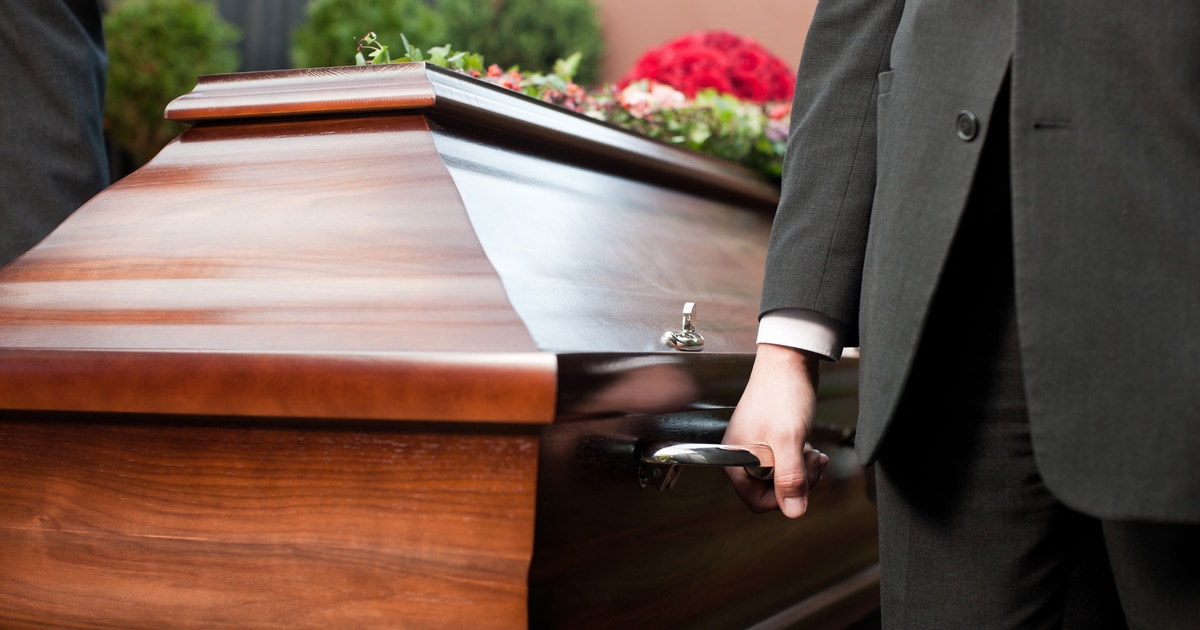Choosing a Pallbearer
Many cultures share the act of having pallbearers during a loved one’s funeral. Essentially, pallbearers are chosen to either carry or escort the casket at a funeral. In most cultures, participating in a loved one’s funeral as a pallbearer is one of the highest honors someone is given. However, family members often find choosing a pallbearer challenging, since they don’t want to offend those not chosen.
Keep reading to learn more about how to choose a pallbearer.
Are Pallbearers Always Required?
Not all funerals require pallbearers. In the occasion a family chooses to have an open casket during the funeral, the casket is often set up in advance by the funeral home, eliminating the need for pallbearers. However, if the family chooses to have a closed casket, it is customary to have pallbearers bring the casket into the venue.
Pallbearers are very common in military funerals. In these occasions, members who served with the deceased consider it an honor to carry their friend’s casket.
In the end, the type of ceremony you choose to have for your loved one will determine if you need pallbearers. Keep in mind, some people with pre-planning arrangements might have chosen pallbearers for their funeral, in which case, you must work with your funeral home to make the proper arrangements.
Who Can Be a Pallbearer?
Anyone can be a pallbearer, but often family members and close friends are the ones chosen. In most cases, siblings, adult children and grandchildren, nieces, nephews, close friends, and colleagues are common choices for pallbearers. Keep in mind, traditionally, there are six pallbearers, since there are usually six handles on a casket. Pallbearers can be friends or family members of any age, as long as they’re strong and tall enough to be able to carry the weight of the casket.
Choosing a Pallbearer
When choosing a pallbearer, remember you’re picking someone you’d like to have this honor. However, you also have to think about choosing someone who is emotionally and physically capable of this job. If your loved one didn’t appoint pallbearers in their funeral arrangements, then take the time to talk with your close family members and discuss who should bear the honor of being a pallbearer.
Guiding Your Pallbearers
Once you have a list of at least six people you want to choose as pallbearers, you must take the time to discuss this with them. Explain what the role entails and the reasons why you’re asking them to participate in this role. Do your best to address any concerns they might have, and be mindful of their response – not everyone will want to be a pallbearer.
Choosing Honorary Pallbearers
If any of the people you’d like to choose as a pallbearer are not capable of carrying the weight of the casket, or believe they won’t be emotionally capable of performing that job, they can be honorary pallbearers. An honorary pallbearer still participates in the moving of the casket, they do so in front, beside, or behind the casket.
Honorary pallbearers are also helpful when you have too many family members and friends that would like to participate. You can have as many honorary pallbearers as you want since they will accompany the casket as it enters and exits the funeral home.
Some Final Thoughts
Having pallbearers at a funeral service is a very traditional and beautiful ceremony. It’s one of the highest honors a family member or friend can have. If you can’t pick pallbearers, or you don’t want family members to do it, you can work with your funeral director to find professional pallbearers. At The Gardens of Boca Raton, our funeral specialists can help you find the right pallbearers for your loved one’s funeral so you can honor them with a beautiful ceremony.



